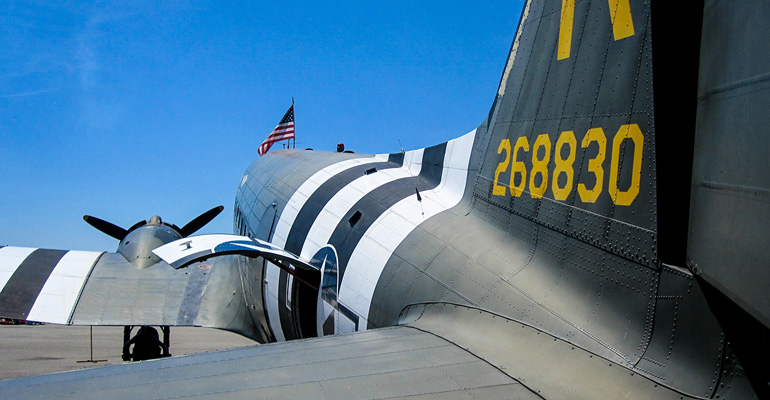[WARNING PHOTOGRAPHERS] You May Get The Perfect Exposure, Composition And Color In Your Images. However, If Your Images Don’t Tell a Story They’ll Be Worse Than Ones Taken With An iPhone That Do.
Before we had television or cameras people sat around fires and told stories. There’s nothing like a good story that draws a person in. In an article on his blog Geoffrey Donne shares his strategies for telling stories with his photos of inanimate objects.
The art of shooting inanimate objects is vastly different than photographing people, but the goal for me, is the same. To discover the unique story treasure hidden within, and share it with my audience. While there are voluminous writings about the technical aspects of this kind of photography, very little seems to be available about the creative process itself, without which, the technical can yield only proficient results at best. I’m hoping to change that just a bit, with this piece, by sharing my approach which I’ve developed over years as a Director of Photography for both film and television, and as a professional photographer interested primarily in storytelling.
When first approaching a potential subject, most often I leave the camera out of the process for a few minutes, and use only my eyes. Most objects, from cars to buildings, airplanes and ships, to dolls and toys, whatever your would-be subject is, have a story to tell. This part of my approach is simply “listening,” but visually, kinesthetically, while quieting my mind, rather than conversing with a human subject. It is, as portrait photographers call it, “building rapport.”
Frequently, that listening pays off, as the story emerges. It may require walking around the subject, squatting down low, or climbing up on a step stool, to discover it in a compelling way. It may be getting up really close to a detail, or pulling way back, across the street, to truly intuit the frame, to discover how my subject wants to be seen to best advantage.
Sometimes, a touch is most essential.
Fundamentally, it’s all about light, and how it plays, how you can utilize it to draw out the personality of your subject in revealing ways. Where the source, natural or artificial is coming from, in relation to both subject, and camera. The quality of that light is fundamental. The traditional photographer’s paradise, the warmth of the so called “golden hour” is frequently the element most sought after, but the “blue hour,” right before sunrise, and right after sunset, are often just as rich, if not more so. Hard afternoon shadows may reveal essential edgy harshness, as with the WWII DC-3 cargo plane here. Can texture or reflection play a role in deepening your subject, lending an air of mystery, strength, or timeless fragility?
You can read the rest of this article over at Geoffrey’s blog and see more of his work
Source: Geoffrey Donne Photography
Image Source: Geoffrey Donne


